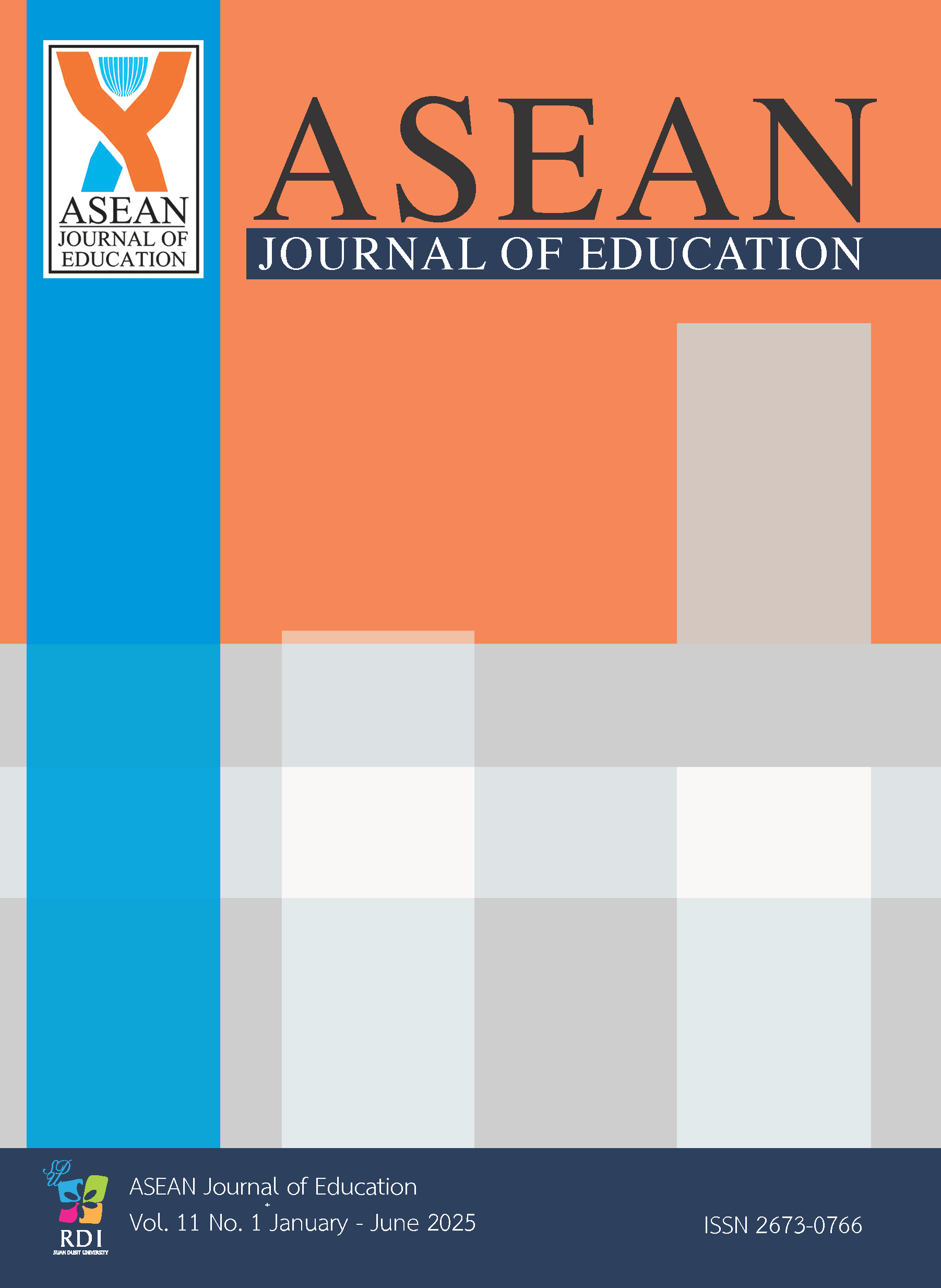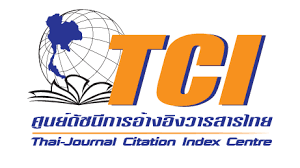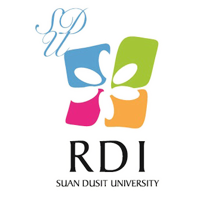Revitalizing Higher Vocational Education in Yunnan, China through Curriculum Redesign, Industry Partnerships, and Professional Development
Keywords:
Curriculum redesign, Industry partnerships, Higher vocational education, Professional developmentAbstract
Higher vocational education plays a crucial role in equipping individuals with practical skills and knowledge for successful transitions into the workforce. However, ensuring the effectiveness and relevance of higher vocational education programs requires continuous evaluation and alignment with industry needs. This study aims to (1) assess the current alignment of vocational education programs with industry-demanded skills, (2) examine professional development opportunities for instructors to enhance their knowledge and teaching methodologies, and (3) propose strategies for curriculum redesign, industry engagement, and professional development. Through surveys, and interviews, the research identifies mismatches between curricula and industry needs, assesses instructor training programs, and provides recommendations for revitalizing vocational education in Yunnan, China. The study surveyed a sample of 300 students and 100 instructors from public higher vocational colleges in Yunnan China, and 383 effective responses were retrieved. The samples were selected using stratified random sampling to ensure representation across different academic programs and levels. The research findings suggest that higher vocational education programs and their alignment with industry skill requirements are generally perceived positively by participants. However, there are areas with room for improvement, particularly in industry collaborations and addressing the variability in opinions regarding certain aspects of these programs. The correlation analysis indicates a strong positive relationship between the curriculum and students’ competencies, a strong positive relationship between the curriculum and professional development, and a strong positive relationship between industry collaborations and professional development.
References
Agrawal, T. (2012). Vocational education and training in India: Challenges, status and labour market outcomes. Journal of Vocational Education & Training, 64(4), 453-474.
Ankrah, S., & Al-Tabbaa, O. (2015). Universities–industry collaboration: A systematic review. Scandinavian Journal of Management, 31(3), 387-408.
Billett, S. (2011). Curriculum and pedagogic bases for effectively integrating practice-based experiences (Research Report). Australia: NCVER.
Boateng, C. (2012). Restructuring vocational and technical education in Ghana: The role of leadership development. International Journal of Humanities and Social Science, 2(4), 1-9.
Burchert, J., Hoeve, A., & Kämäräinen, P. (2014). Interactive research on innovations in vocational education and training (VET): Lessons from Dutch and German cases. International Journal for Research in Vocational Education and Training, 1(2), 143-160.
Callan, V. J., & Ashworth, P. (2004). Working together: Industry and VET provider training partnerships (Research Report). Australia: NCVER.
Eicker, F., Haseloff, G., & Lennartz, B. (2017). Vocational education and training in sub-Saharan Africa: Current situation and development. Münster, Germany: Waxmann Verlag.
Esa, A., Arshad, F. M., & Hairuddin, H. (2015). Challenges in university-industry partnership from the perspectives of university and industry. Advanced Science Letters, 21(6), 1818-1822.
Gamor, E., & Owusu-Achaw, P. (2017). Rethinking curriculum and instructional strategies in vocation and technical education in Ghana. International Journal of Vocational Education and Training Research, 3(1), 1-11.
Grollmann, P. (2008). The quality of vocational teachers: Teacher education, institutional roles and professional reality. European Educational Research Journal, 7(4), 535-547.
Harteis, C., & Goller, M. (2014). Employing the concept of 'boundary crossing' for analyzing the instructor-student relationship in dual-occupational education. Journal of Education and Work, 27(6), 643-662.
Kang, D. J., & Muñoz, D. F. (2014). Curriculum development for vocational education and training: A case study of the national vocational qualification framework in the Republic of Korea. Sejong-si: KRIVET.
Kogan, M., & Papagiannis, G. (1994). Government-industry-higher education partnerships for the advancement of manufacturing technology. Paris: OECD.
Lam, C. C., & Tsui, E. W. (2013). Curriculum mapping in vocational education and training. In Curriculum landscapes and trends (pp. 131-150). The Netherlands: Sense Publishers.
Linn, P. L., Howard, A., & Miller, E. (2003). Handbook for research in cooperative education and internships. Maryland: University Press of America.
Lv, J. (2021). Analysis of Skill Shortage and Governance Framework in the Context of Industrial Upgrading. Vocational and Technical Education, 42(1), 17-23.
Misbah, Z., Gulikers, J., Maulana, R., & Mulder, M. (2015). Teacher interpersonal behaviour and student motivation in competence-based vocational education: Evidence from Indonesia. Teaching and Teacher Education, 50, 79-89.
Misra, P. K., & Khurana, K. (2017). Vocational education and training in India: A critical evaluation. Journal of Vocational Education & Training, 69(1), 57-77.
Moodie, G., & Wheelahan, L. (2009). The significance of Australian vocational education institutions in opening access to higher education. Higher Education Quarterly, 63(4), 356-370.
Oketch, M. O. (2007). To vocationalize or not to vocationalize? Perspectives on current trends and issues among OECD countries. International Journal of Educational Development, 27(2), 220-237.
Pavlova, M. (2009). Technology and vocational education for sustainable development: Empowering individuals for the future (Vol. 10). Berlin, Germany: Springer Science & Business Media.
Papier, J. (2011). Vocational teacher education and the development of vocational teachers’ professional identity at further education and training college. Southern African Review of Education, 17(1), 118-133.
Pei, Z. & Deng, Z. (2022). Research and Practice on Cultivating Social Talents under the Background of Expanding Enrollment in Higher Vocational Education. Journal of Luohe Vocational and Technical College, 21(03), 36-39.
Plank, D. N., Defillippi, R. J., & Ebbers, H. (2008). Stakeholder collaboration in the creation of competitive advantage: Exploring the firm-level effects of stakeholder integration. Journal of Applied Corporate Finance, 20(1), 83-96.
Rauner, F., Maurer, A., Haasler, B., Nitschke, C., Erdogan-Lalen, S., & Martens, T. (2012). Designing technical and vocational education and training for sustainable development: Examples from Germany. In Towards a Sustainable Asia (pp.245-266). Berlin, Germany: Springer.
Tan, F. (2020). Research on the Construction of Internet of Things Specialty Group in Higher Vocational Colleges under the Background of Industry-Education Integration. Vocational Education Research, (11), 41-45.
Xu, Y. (2021). Learning Factory: A New Model for Cultivating Skilled Talents Towards Industry 4.0. Research on Electronic Education, 42(7), 106-113.
Zhou, X. (2021). Research on the Path of Professional Construction Based on the Characteristics of Local Vocational Colleges. Agricultural Engineering and Equipment, 48(06), 70-72.
Zheng, P. (2021). The Realistic Dilemma and Practice of Million Enrollment Expansion in Higher Vocational Education - Taking Tianjin Vocational University’s Three Year Practice as an Example. Journal of Xinjiang Vocational University, 29(04), 47-50.
Downloads
Published
How to Cite
Issue
Section
License
Copyright (c) 2025 Suan Dusit University

This work is licensed under a Creative Commons Attribution-NonCommercial-NoDerivatives 4.0 International License.
1 All articles will undergo a formal peer-review. A panel of experts from within or without the university will examine the article; approval from a minimum of two experts is required for publication. Revisions posed by the experts must be completed by the research prior to publication.
2 Once published in the ASEAN Journal of Education, the article becomes intellectual property of Suan Dusit University. Duplication, in full or part, requires permission from Suan Dusit University.
3 Excluding errors incurred during printing, author(s) are responsible for the content of their articles.





